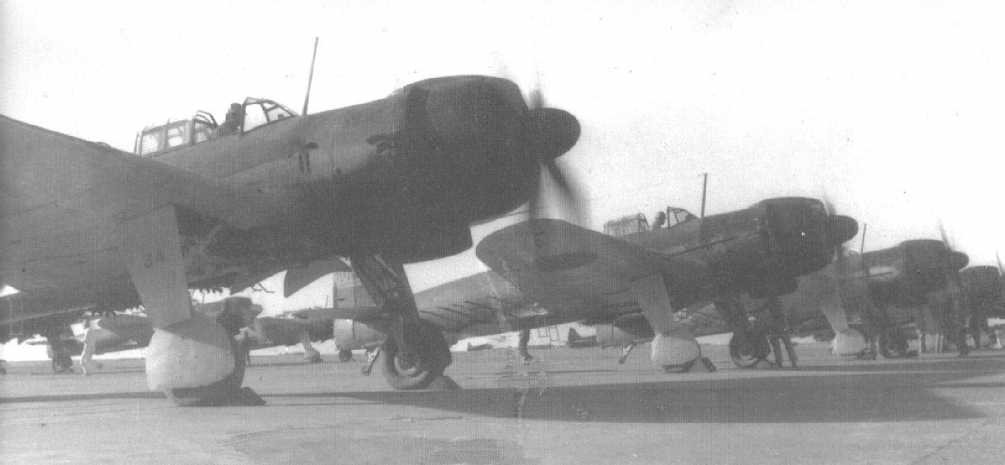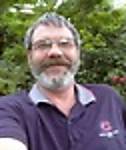I was fortunate enough to stock up on the original Aeromaster Acrylics, including a colour called 'Nakajima cockpit gray/green' - a muddy, non descript, medium yellow/green/grey!
Citadel color,
Citadel have a colour called 'Camo Green' (scroll down- it's between 'rotting flesh' and 'scaly green'...) which looks
a reasonable approximation, with a little more yellow it should do.
Another thing worth adding to a parked Jill are some fairly long access ladders, which could be pulled down from the wingroots, on both sides - the model has a couple of small rectangular panel-lines moulded into the wingroots just forward of the first small window. They can
just be seen in the first photo, second B6N.


Dang! The torpedoes have a large, box section breakaway tail...the suspension cables can again be seen faintly on the second B6N. The torpedo is suspended around its balance point, well forward
of the middle crutch - note the sleeve around the torpedo. The first photo shows some additional details under the fuselage. White 10 has a natural metal or painted aluminium spinner. 33 looks to have a dark spinner...
(Just found these
here.)
Looks like my 'Jill' will have to go to the hanger for a refit; epecially the torpedo!
Jeff W.


































